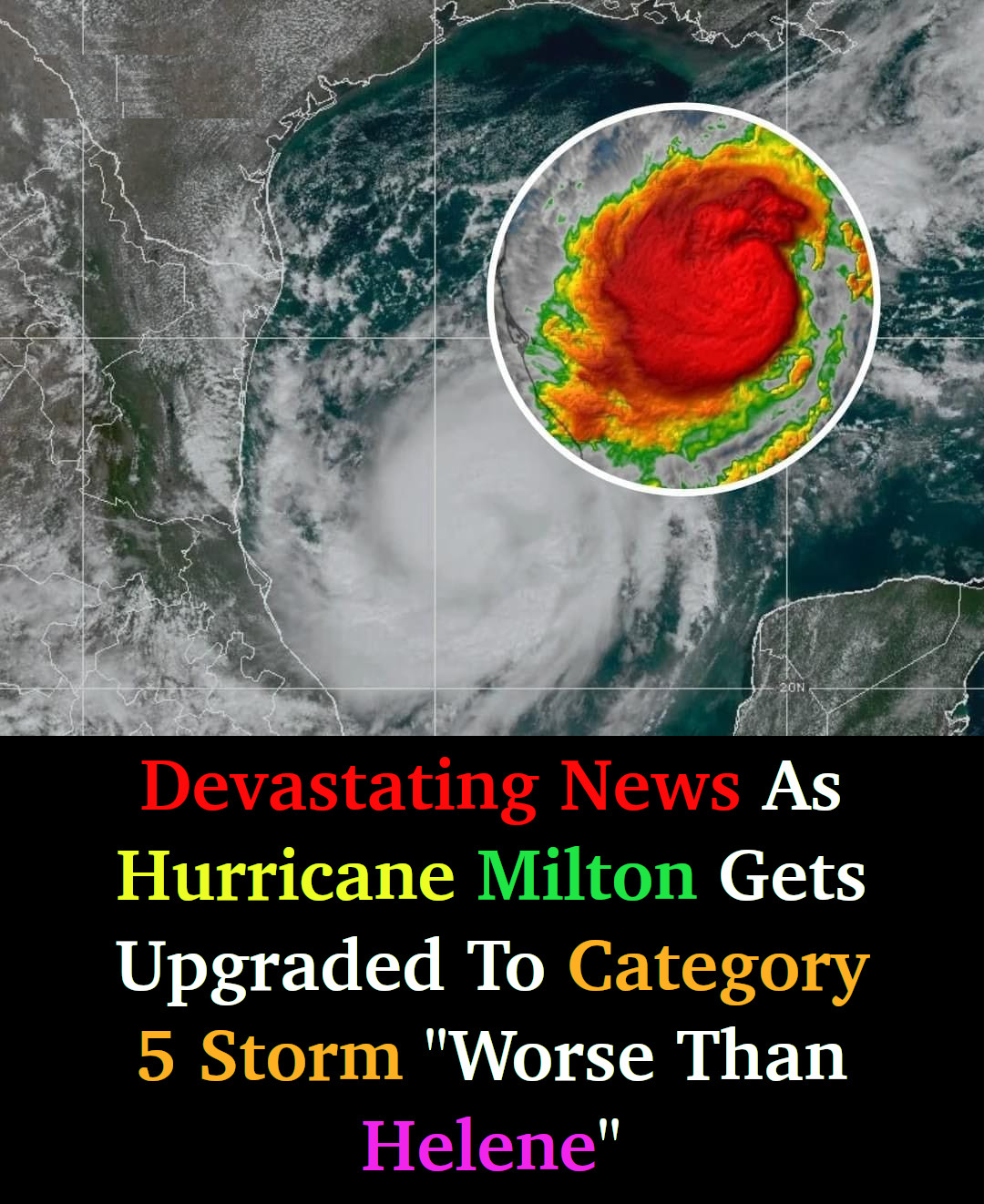Meteorologists warn that Milton’s path could lead it directly toward densely populated areas, potentially making landfall as early as this weekend. “This hurricane is projected to be more intense than Helene, which devastated parts of the Caribbean last year,” stated Dr. Laura Simmons, a meteorologist with the National Hurricane Center. “The trajectory is concerning, and the time to prepare is now.”
In light of the imminent danger, the Federal Emergency Management Agency (FEMA) has issued a series of guidelines for residents in affected areas. According to FEMA’s recent press release, citizens should take immediate action to ensure their safety and the safety of their families.
Preparation Steps from FEMA:
Create an Emergency Plan: Families should discuss and establish a comprehensive emergency plan. This plan should include communication strategies and an agreed-upon meeting location in case of evacuation.
Build an Emergency Kit: Prepare a disaster supply kit that includes essential items such as non-perishable food, water (one gallon per person per day for at least three days), medications, a flashlight, batteries, and first-aid supplies. Don’t forget important documents like identification, insurance information, and bank records, which should be kept in a waterproof container.
Stay Informed: Regularly monitor updates from the National Weather Service and local officials. Weather apps and emergency alert systems can provide timely information on Milton’s path and any necessary evacuations.
Secure Your Property: Residents should secure windows and doors to prevent damage from high winds. This can include boarding up windows or installing storm shutters. Outdoor furniture and decorations should be brought inside to minimize hazards.

Know Your Evacuation Routes: Familiarize yourself with local evacuation routes and ensure your vehicle is fueled and ready to go. If you plan to evacuate, do so early to avoid traffic congestion and ensure a safer journey.
Stay Connected: Keep your phone charged and consider backup charging options. Establish a family communication plan that accounts for possible disruptions in cellular service.
Follow Local Authorities: Pay close attention to directives from local officials regarding evacuations and shelter information. It’s crucial to heed warnings to protect your life and property.
As communities prepare for the storm, emergency shelters are being set up across Florida, with officials urging those in low-lying areas or with inadequate housing to seek refuge. Additionally, local volunteer organizations are mobilizing to assist residents in need, particularly the elderly and those with disabilities.
Hurricane Milton’s rapid intensification has raised concerns about its potential to cause catastrophic damage. The storm is expected to bring powerful winds and heavy rainfall, leading to flooding in coastal areas. “The storm surge could be life-threatening,” warned Dr. Simmons. Residents need to take this seriously and act now to ensure their safety.”
In addition to safety measures, citizens are reminded to remain calm and vigilant. Community organizations and local governments are working together to ensure that essential services remain operational during the storm.
Milton’s Uncertainty
While Hurricane Milton’s full impact remains uncertain, historical precedents remind us of the destructive potential of storms of this magnitude. Preparation is the key to mitigating risks associated with hurricanes. As we watch Hurricane Milton’s progress, it is vital for residents to take proactive steps to safeguard their lives and homes.
For ongoing updates, residents are encouraged to visit FEMA’s official website and local news outlets. Authorities will continue to provide critical information as the situation develops, ensuring that citizens have the necessary resources to navigate the storm’s challenges effectively.
Stay safe, stay prepared, and look out for one another as Hurricane Milton approaches the shores of Florida.







